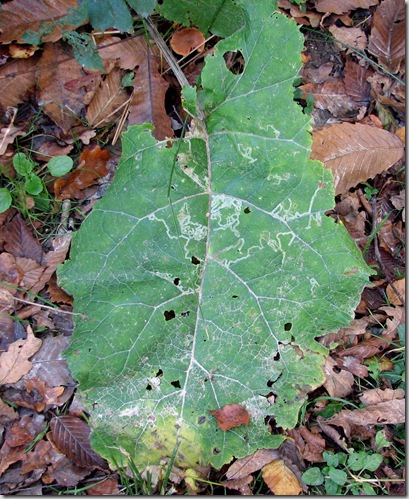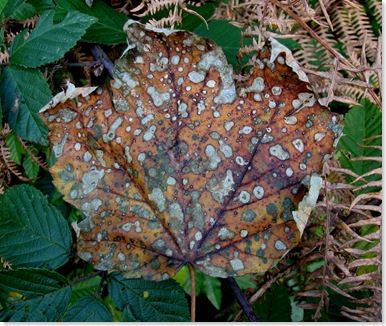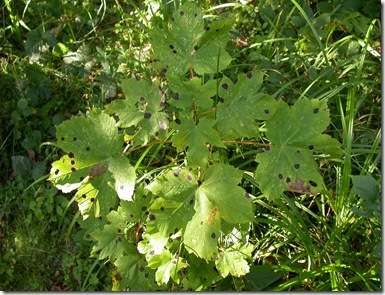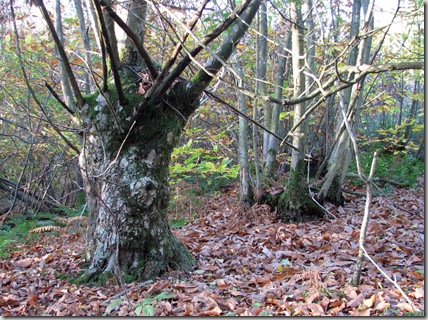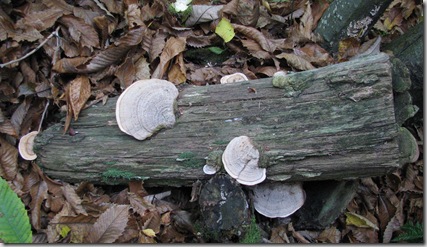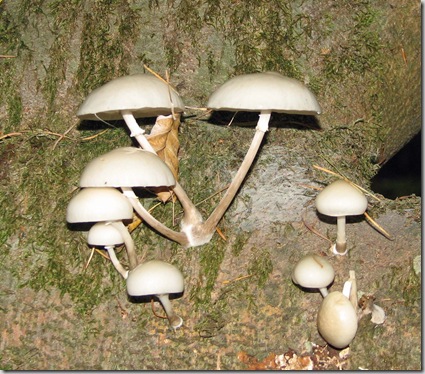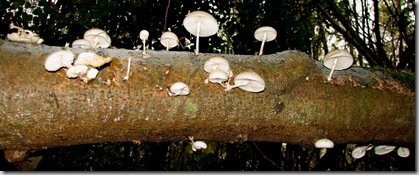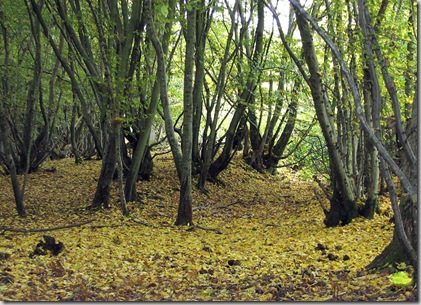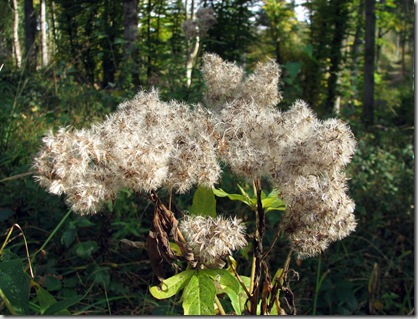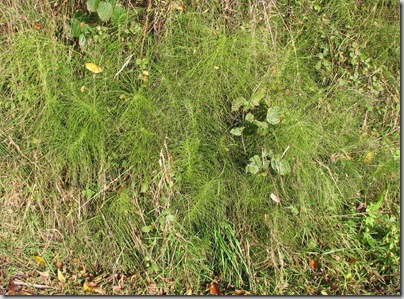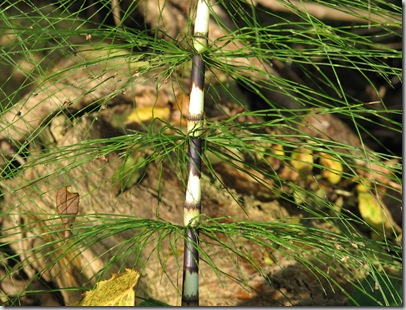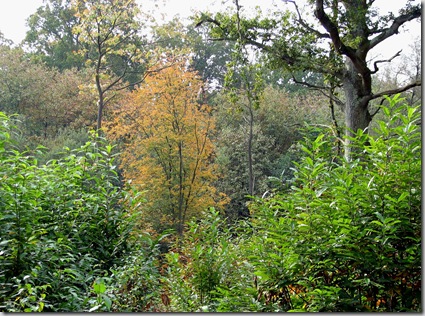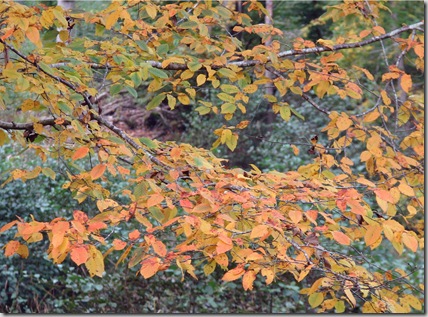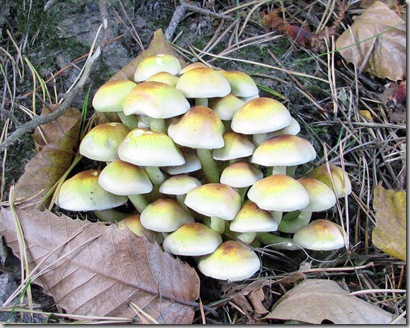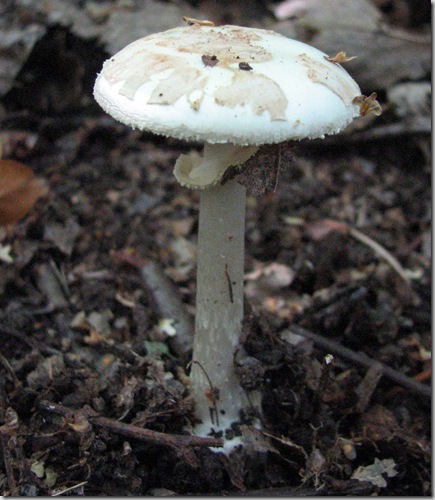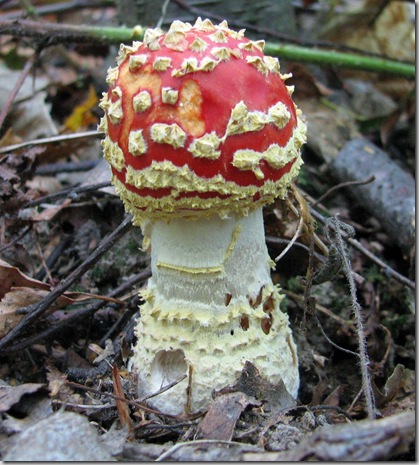Tormentil is still in flower in mid-October along heathy rides where the soil is acid, often scrambling up into the grass and heather alongside the track. An Irish author said "it is a small, miserable-looking plant which grows on barren soil and ditches."
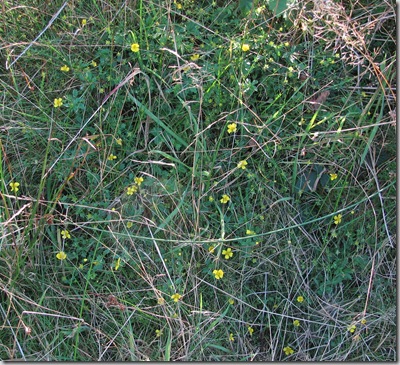
It is similar to cinquefoil (Potentilla reptans) but this is larger and more characteristic of gardens and waste ground. Tormentil has four, rather than five, petals and they are arranged rather like a Maltese cross.
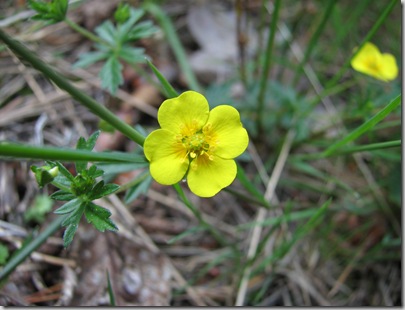
The flowers are visited by small hoverflies and other insects and there are also a few moth, fly and beetle species that live on the plant, but none is exclusive to it.
The name 'tormentil' is said to derive from the Latin tormentum, but this usually means a war catapult or a twisted rope. However, the word tormentuosus means 'full of pain' and 'tormentil' perhaps refers to the stomach ache that the root is reputed to cure. It is still offered for sale and is a constituent of some herbal medicines and full of tannin and other substances. Tormentil root has also been used externally on cuts and abrasions and, like almost every other wild plant, has been reputed to have magical powers. The root burnt at midnight on Fridays was said to cause wayward partners to return to their lovers.
It was once important in tanning as a substitute for oak bark, especially in areas where trees were scarce. Older country names included 'shepherd's knapperty' and 'English sarsaparilla'.
